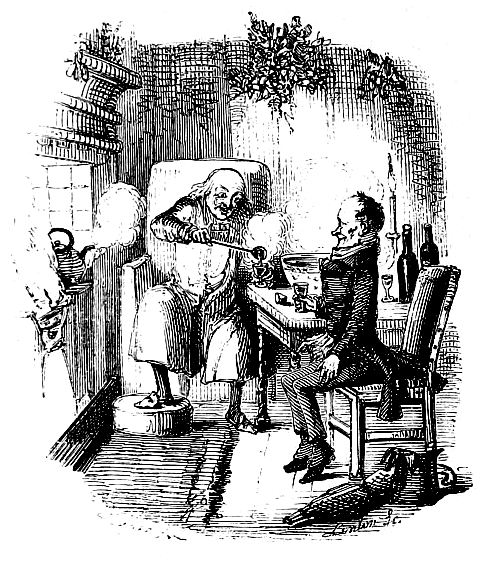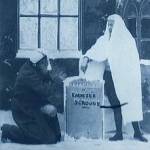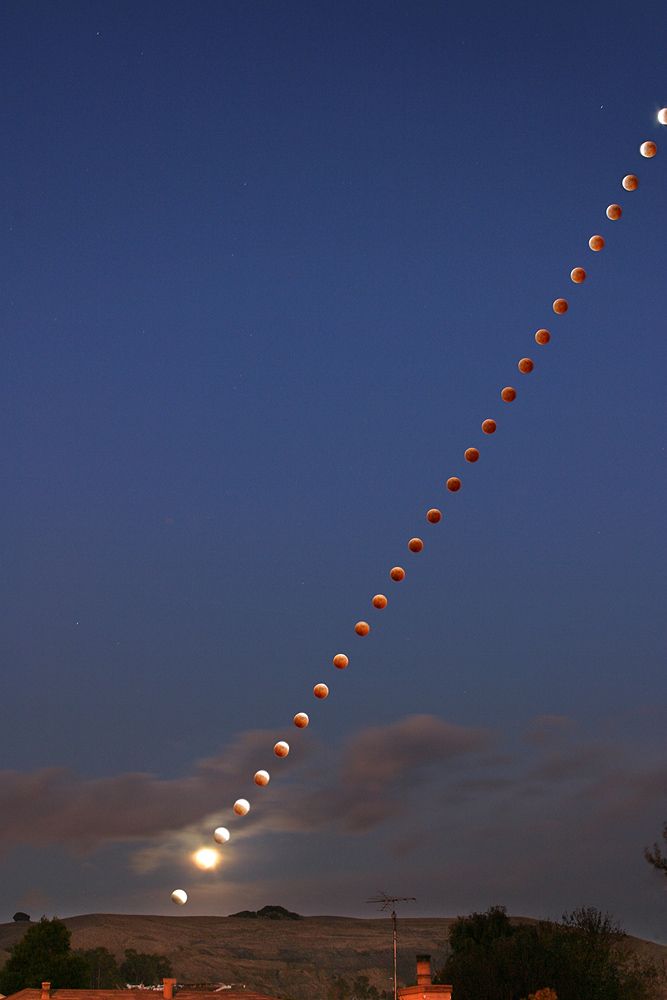|
Robert W. Paul
Robert William Paul (3 October 1869 – 28 March 1943) was an English pioneer of film and scientific instrument maker. He made narrative films as early as April 1895, which were shown first in Edison Kinetoscope knockoffs. In 1896 he showed his films projected, at about the time the Lumière brothers were pioneering projected films in France. His first notably successful scientific device was his ''Unipivot'' galvanometer. In 1999, the British film industry erected a commemorative plaque on his building at 44 Hatton Garden, London. Early career Paul was born in Islington in London, and educated at the City of London School. He began his technical career learning instrument-making skills at the Elliott Brothers, a firm of London instrument makers founded in 1804, followed by the Bell Telephone Company in Antwerp. In 1891, he established an instrument-making company, the Robert W. Paul Instrument Company, and established a workshop at 44 Hatton Garden, London, which later ... [...More Info...] [...Related Items...] OR: [Wikipedia] [Google] [Baidu] |
Islington
Islington ( ) is an inner-city area of north London, England, within the wider London Borough of Islington. It is a mainly residential district of Inner London, extending from Islington's #Islington High Street, High Street to Highbury Fields and Regent's Canal, encompassing the area around the busy High Street, Upper Street, Essex Road, and Southgate Road to the east. History Etymology The manor of Islington was named by the Saxons ''Giseldone'' (1005), then ''Gislandune'' (1062). The name means "Gīsla's hill" from the Old English personal name ''Gīsla'' and ''dun (fortification), dun'' ("hill", "Downland, down"). The name later mutated to ''Isledon'', which remained in use well into the 17th century when the modern form arose. [...More Info...] [...Related Items...] OR: [Wikipedia] [Google] [Baidu] |
Intermittent Mechanism
An intermittent mechanism or intermittent movement is a device or movement which regularly advances an object, web, or plastic film and then holds it in place. This process is commonly used in industry and manufacturing. This motion is critical to the use of film in a movie camera or movie projector. This is in contrast to a continuous mechanism, whereby the film is constantly in motion and the image is held steady by optical or electronic methods. The reason the intermittent mechanism "works" for the viewer is because of a phenomenon called persistence of vision. History Intermittent mechanisms were first used in sewing machines, in order for the fabric to be fed through correctly - ensuring it is stationary as each stitch is made, while moving the required distance between stitches. Methods used The intermittent mechanism must be employed in concert with a rotating shutter which blocks light transmittance during the motion of the film and allows light through while the ... [...More Info...] [...Related Items...] OR: [Wikipedia] [Google] [Baidu] |
Muswell Hill
Muswell Hill is a suburban district of the London Borough of Haringey, north London. The hill, which reaches over above sea level, is situated north of Charing Cross. Neighbouring areas include Highgate, London, Highgate, Hampstead Garden Suburb, East Finchley and Crouch End. It has many streets with Edwardian architecture. History Ancient Rome, Ancient Roman presence in the area has been attested to through the discovery of Roman coins near Southwood Lane and Muswell Hill Road. The earliest records of Muswell Hill date from the 12th century. The Bishop of London, who was the Lord of the Manor of Haringey, owned the area and granted , located to the east of Colney Hatch Lane, to a newly formed order of nuns. The nuns built a chapel on the site and called it Our Lady of Muswell. The name ''Muswell'' is believed to come from a natural spring or well (the "Mossy Well"), said to have miraculous properties. A traditional story tells that Scottish king Malcolm IV was cured o ... [...More Info...] [...Related Items...] OR: [Wikipedia] [Google] [Baidu] |
Georges Méliès
Marie-Georges-Jean Méliès ( , ; 8 December 1861 – 21 January 1938) was a French magic (illusion), magician, toymaker, actor, and filmmaker. He led many technical and narrative developments in the early days of film, cinema, primarily in the Fantasy film, fantasy and Science fiction film, science fiction genres. Méliès rose to prominence creating "trick films" and became well known for his innovative use of special effects, popularizing such techniques as substitution splices, multiple exposures, time-lapse photography, Dissolve (film), dissolves, and Color motion picture film#Tinting and hand coloring, hand-painted colour. He was also one of the first filmmakers to use storyboards in his work. His most important films include ''A Trip to the Moon'' (1902) and ''The Impossible Voyage'' (1904). Early life and education Marie-Georges-Jean Méliès was born 8 December 1861 in Paris, son of Jean-Louis Méliès and his Netherlands, Dutch wife Johannah-Catherine Schuering. His ... [...More Info...] [...Related Items...] OR: [Wikipedia] [Google] [Baidu] |
A Christmas Carol
''A Christmas Carol. In Prose. Being a Ghost Story of Christmas'', commonly known as ''A Christmas Carol'', is a novella by Charles Dickens, first published in London by Chapman & Hall in 1843 and illustrated by John Leech. It recounts the story of Ebenezer Scrooge, an elderly miser who is visited by the ghost of his former business partner Jacob Marley and the spirits of Christmas Past, Present and Yet to Come. In the process, Scrooge is transformed into a kinder, gentler man. Dickens wrote ''A Christmas Carol'' during a period when the British were exploring and re-evaluating past Christmas traditions, including carols, and newer customs such as cards and Christmas trees. He was influenced by the experiences of his own youth and by the Christmas stories of other authors, including Washington Irving and Douglas Jerrold. Dickens had written three Christmas stories prior to the novella, and was inspired following a visit to the Field Lane Ragged School, one of sev ... [...More Info...] [...Related Items...] OR: [Wikipedia] [Google] [Baidu] |
Charles Dickens
Charles John Huffam Dickens (; 7 February 1812 – 9 June 1870) was an English novelist, journalist, short story writer and Social criticism, social critic. He created some of literature's best-known fictional characters, and is regarded by many as the greatest novelist of the Victorian era.. His works enjoyed unprecedented popularity during his lifetime and, by the 20th century, critics and scholars had recognised him as a literary genius. His novels and short stories are widely read today. Born in Portsmouth, Dickens left school at age 12 to work in a boot-blacking factory when his father John Dickens, John was incarcerated in a debtors' prison. After three years, he returned to school before beginning his literary career as a journalist. Dickens edited a weekly journal for 20 years; wrote 15 novels, five novellas, hundreds of short stories and nonfiction articles; lectured and performed Penny reading, readings extensively; was a tireless letter writer; and campaigned vigor ... [...More Info...] [...Related Items...] OR: [Wikipedia] [Google] [Baidu] |
Scrooge, Or, Marley's Ghost
''Scrooge, or, Marley's Ghost'' is a 1901 British silent film, silent trick film directed by Walter R. Booth, featuring the miserly Ebenezer Scrooge (played by Daniel Smith) confronted by Jacob Marley's ghost and given visions of Christmas past, present, and future. It is the earliest film adaptation of Charles Dickens's 1843 novella ''A Christmas Carol''. It was also believed to be the earliest filmed adaptation of a Dickens work, until the 2012 discovery of the ''Bleak House''-inspired ''The Death of Poor Joe''. The film, "although somewhat flat and stage-bound to modern eyes," according to Ewan Davidson of British Film Institute's Screenonline, "was an ambitious undertaking at the time," as, "not only did it attempt to tell an 80 page story in five minutes, but it featured impressive trick effects, superimposing Marley's face over the door knocker and the scenes from his youth over a black curtain in Scrooge's bedroom." The film Filmed in 35mm and in black and white, thi ... [...More Info...] [...Related Items...] OR: [Wikipedia] [Google] [Baidu] |
Multiple Exposure
In photography and cinematography, a multiple exposure is the superimposition of two or more exposures to create a single image, and double exposure has a corresponding meaning in respect of two images. The exposure values may or may not be identical to each other. Overview Ordinarily, cameras have a sensitivity to light that is a function of time. For example, a one-second exposure is an exposure in which the camera image is equally responsive to light over the exposure time of one second. The criterion for determining that something is a double exposure is that the sensitivity goes up and then back down. The simplest example of a multiple exposure is a double exposure without flash, i.e. two partial exposures are made and then combined into one complete exposure. Some single exposures, such as "flash and blur" use a combination of electronic flash and ambient exposure. This effect can be approximated by a Dirac delta measure (flash) and a constant finite rectangular window, ... [...More Info...] [...Related Items...] OR: [Wikipedia] [Google] [Baidu] |
Music Hall
Music hall is a type of British theatrical entertainment that was most popular from the early Victorian era, beginning around 1850, through the World War I, Great War. It faded away after 1918 as the halls rebranded their entertainment as Variety show, variety. Perceptions of a distinction in Britain between bold and scandalous music hall entertainment and subsequent, more respectable variety entertainment differ. Music hall involved a mixture of popular songs, comedy, speciality acts, and variety entertainment. The term is derived from a type of theatre or venue in which such entertainment took place. In North America vaudeville was in some ways analogous to British music hall, featuring rousing songs and comic acts. Originating in saloon bars within pubs during the 1830s, music hall entertainment became increasingly popular with audiences. So much so, that during the 1850s some public houses were demolished, and specialised music hall theatres developed in their place. These t ... [...More Info...] [...Related Items...] OR: [Wikipedia] [Google] [Baidu] |
Empire, Leicester Square
The Empire, Leicester Square is a cinema currently operated by Cineworld on the north side of Leicester Square, London, England. The Empire was originally built in 1884 as a variety theatre and was rebuilt for films in the 1920s. It is one of several cinemas in and adjoining Leicester Square which are regularly used for film premieres and first runs. Today, it has nine auditoria, including an IMAX, a Superscreen and a 4DX screen. History 1884: The Empire Theatre opens The Empire Theatre opened on 17 April 1884 under the ownership of Daniel Nicols as a West End variety theatre on Leicester Square, as well as a ballet venue, with a capacity of about 2,000 seats. The first performance was '' Chilpéric'', with music by Hervé, adapted by H. Hersee and H. B. Farnie and described as ''a Grand Musical Spectacular, in three acts and seven tableaux''. The corps de ballet for the performance was 50 strong. Edward Solomon and Sydney Grundy premièred their comic opera, ''Pocaho ... [...More Info...] [...Related Items...] OR: [Wikipedia] [Google] [Baidu] |
Prince Bismarck
Otto, Prince of Bismarck, Count of Bismarck-Schönhausen, Duke of Lauenburg (; born ''Otto Eduard Leopold von Bismarck''; 1 April 1815 – 30 July 1898) was a German statesman and diplomat who oversaw the unification of Germany and served as its first chancellor from 1871 to 1890. Bismarck's ''Realpolitik'' and firm governance resulted in him being popularly known as the Iron Chancellor (). From Junker landowner origins, Otto von Bismarck rose rapidly in Prussian politics under King Wilhelm I of Prussia. He served as the Prussian ambassador to Russia and France and in both houses of the Prussian parliament. From 1862 to 1890, he held office as the minister president and foreign minister of Prussia. Under Bismarck's leadership, Prussia provoked three short, decisive wars against Denmark, Austria, and France. After Austria's defeat in 1866, he replaced the German Confederation with the North German Confederation, which aligned the smaller North German states with Prussia wh ... [...More Info...] [...Related Items...] OR: [Wikipedia] [Google] [Baidu] |
Kaiser Wilhelm II
Wilhelm II (Friedrich Wilhelm Viktor Albert; 27 January 18594 June 1941) was the last German Emperor and King of Prussia from 1888 until his abdication in 1918, which marked the end of the German Empire as well as the Hohenzollern dynasty's 300-year rule of Prussia. Born during the reign of his granduncle Frederick William IV of Prussia, Wilhelm was the son of Prince Frederick William and Victoria, Princess Royal. Through his mother, he was the eldest of the 42 grandchildren of Queen Victoria of the United Kingdom. In March 1888, Wilhelm's father, Frederick William, ascended the German and Prussian thrones as Frederick III. Frederick died just 99 days later, and his son succeeded him as Wilhelm II. In March 1890, the young Kaiser dismissed longtime Chancellor Otto von Bismarck and assumed direct control over his nation's policies, embarking on a bellicose "New Course" to cement Germany's status as a leading world power. Over the course of his reign, the German colonia ... [...More Info...] [...Related Items...] OR: [Wikipedia] [Google] [Baidu] |








